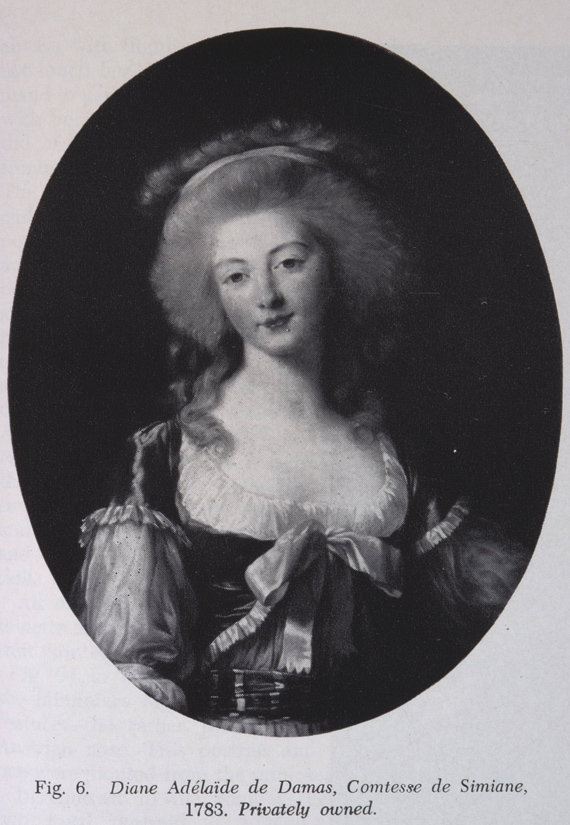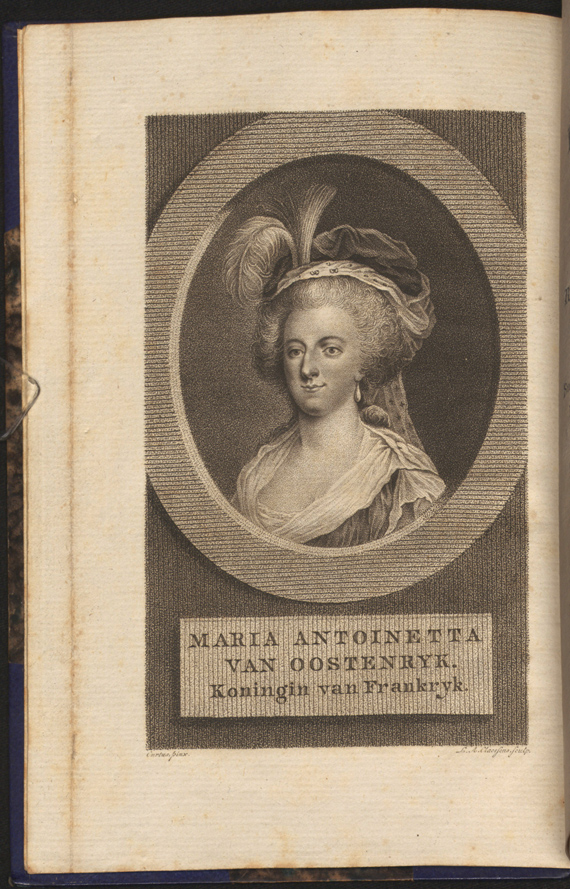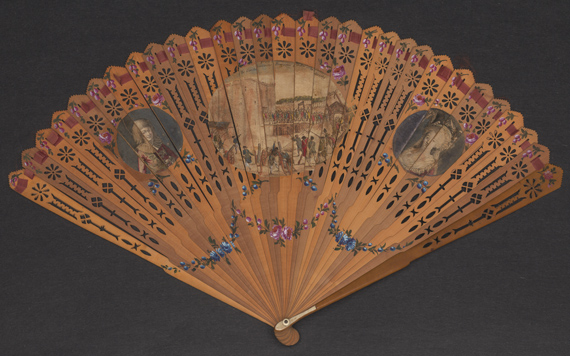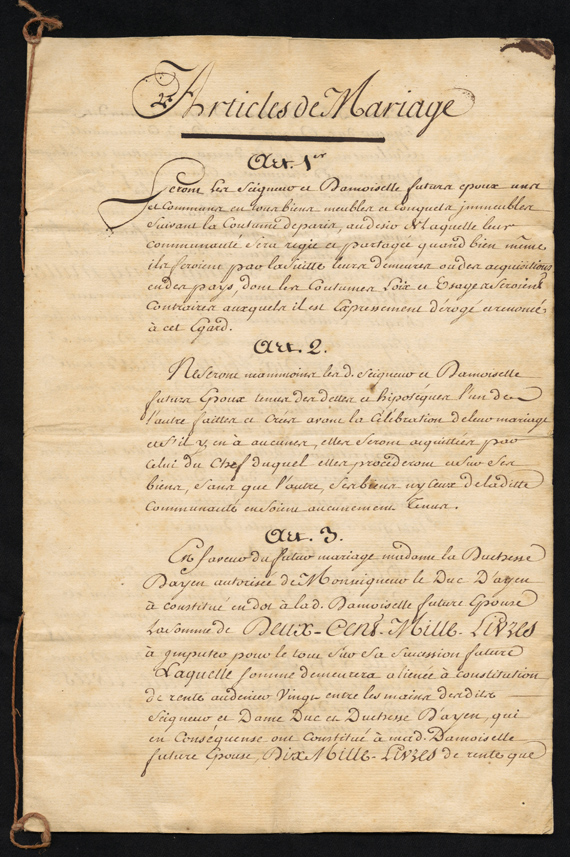In terms of his relationships with women, Lafayette was not quintessentially
different from other aristocrats of his time: he dutifully accepted an early
marriage of convenience, and later pursued extra-marital flirtations (well
into an advanced age, according to Stendhal) and friendships with “muses.”
On the other hand, he also shared attitudes more typical of the bourgeoisie
of the romantic era. with his correspondence contains many expressions of
genuine conjugal love, and reflects a lively interest in children, his own as
well as those of his friends and family members. Finally he supported
women’s rights, particularly in matters like education and divorce.
| 






No comments:
Post a Comment